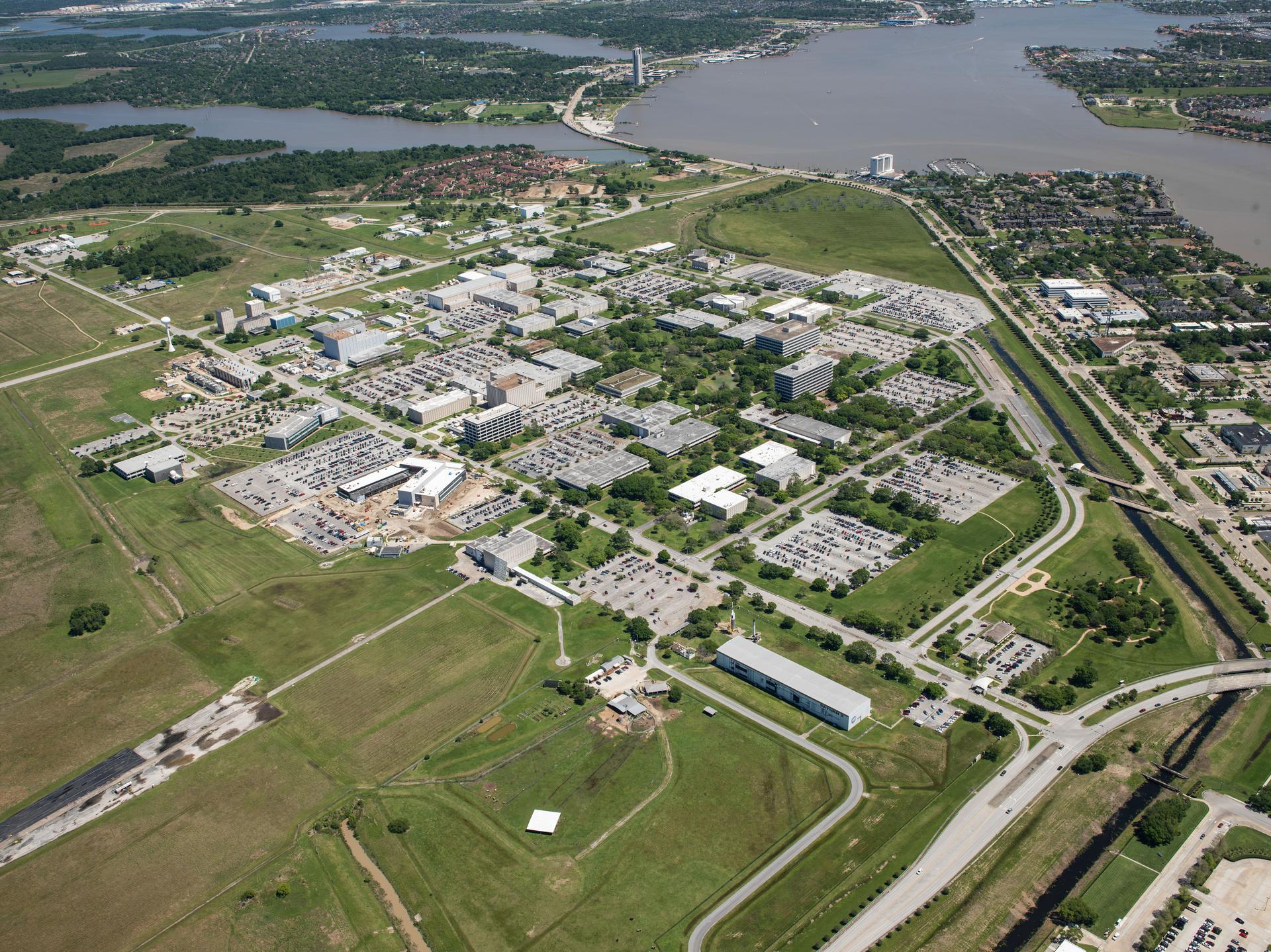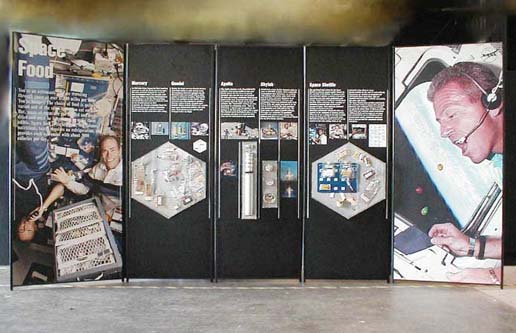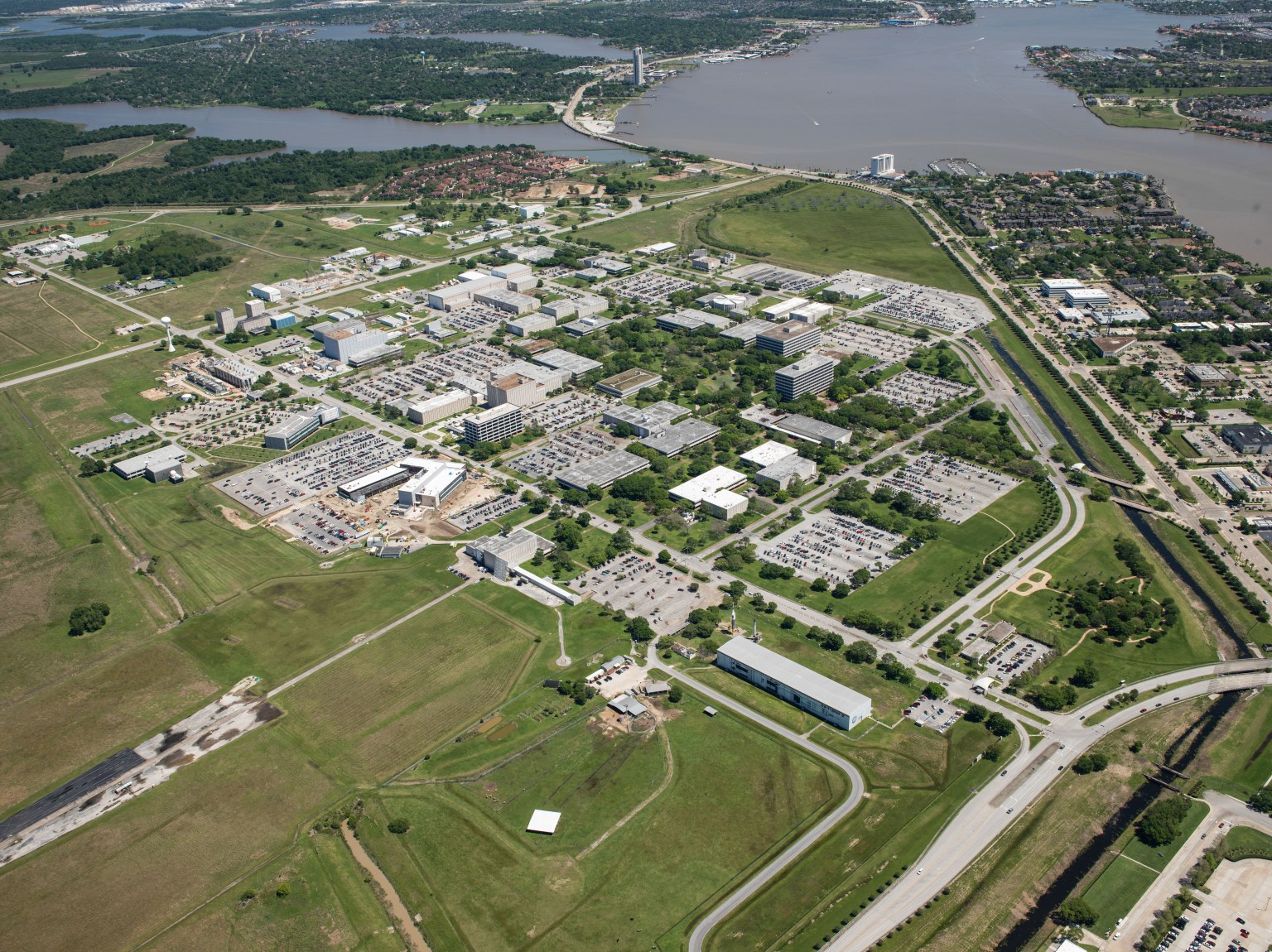Space Food Panel
Space Food
Food for space is unique because of its use. However, it is like many of the foods we eat on Earth every day. Space food is packaged differently in most cases and has to meet very strict dietary and nutritional standards. It has to be compact, lightweight and easily prepared. During the Mercury missions in the early 1960’s, space food consisted primarily of finely processed food eaten from squeeze tubes and bite-sized food cubes or tablets. Today, aboard the space shuttle, astronauts may choose from over 100 food items that are provided in various forms, such as powdered, freeze-dehydrated, heat-stabilized and natural. Most have to be reconstituted for eating by adding hot or cold water. Some foods are made more palatable by the use of a variety of condiments and seasonings.
Components
Five self-standing panels, highlighted with space food samples and photography from early human space flight to the space shuttle.
Assembled dimensions: 162″ X 36″ X 84″.
Requirements
Value for insurance purposes: $6,130.74
Shipping: 1 crate (90″ X 45″ X 42″), 560 lbs.
Labor/Time: 2 persons, 1 hour
Equipment/Tools: Forklift or hand truck, pliers and a 6-foot stepladder
Minimum door opening: 47 inches wide
Setup instructions provided.
NOTE: Panels are front-heavy and must be zig-zagged as much as possible to maintain stability when set up or they could fall forward.
Learn more about JSC Exhibits
Explore and checkout other exhibits at Johnson Space Center
Return to JSC Exhibits Home































